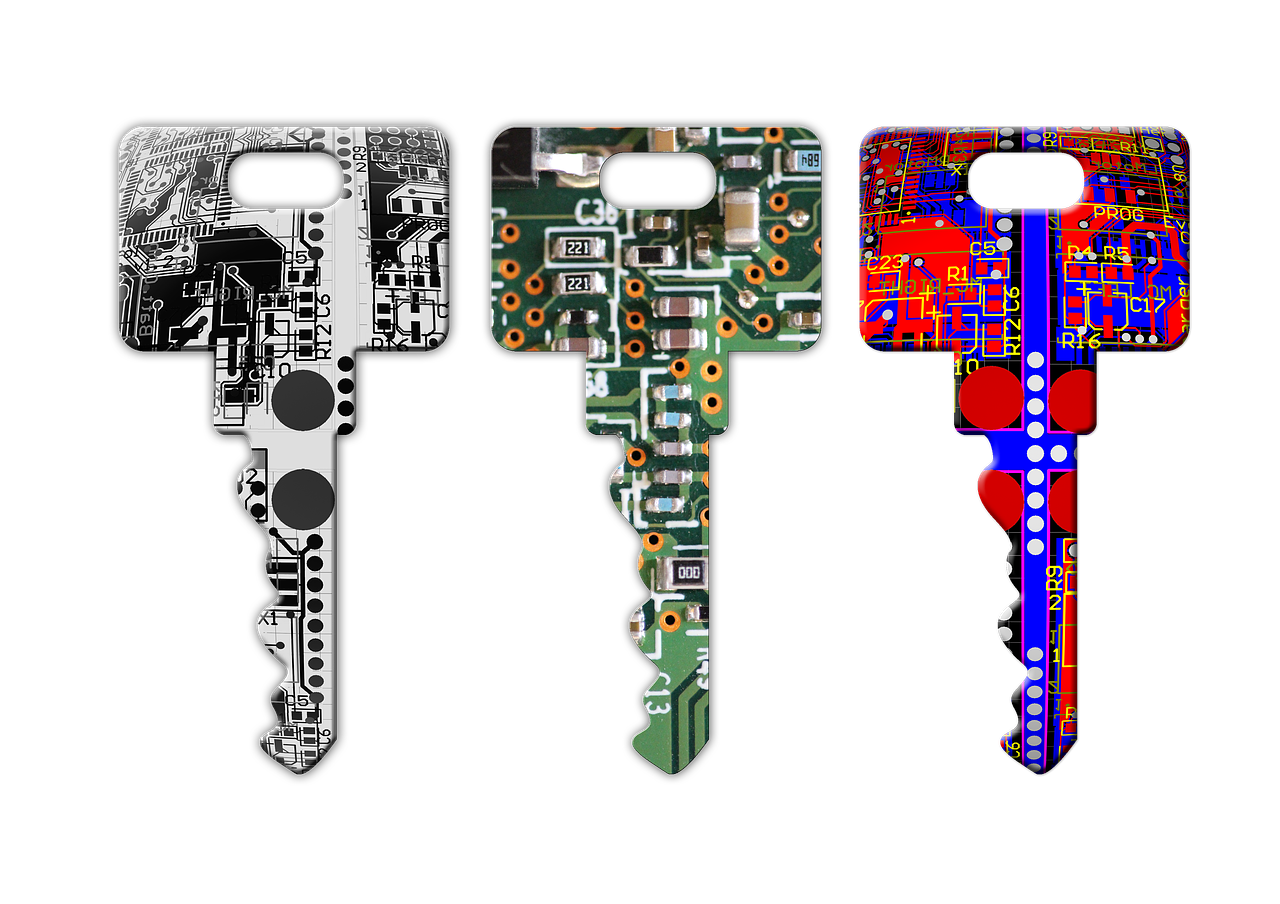
Be ready for all attacks, with a risk assessment plan
Securing your IT infrastructure and network against every threat is tricky business. You have to ensure all incoming and outgoing sources are accounted for and tracked, and even then a server can go down or an intruder can attack your network. This is why it’s important to have a risk assessment strategy in place.
Identifying and tracking how your system can be exploited, can be the difference between being safe and having your data in the hands of an intruder.
Everyone knows how to solve a problem once it occurs, but preventing attacks should be your main concern. Finding vulnerabilities in your system can save you time and money.
Common roots causes such as social engineering, password cracking, unpatched software, misconfiguration, denial of service, and physical attacks are ways of breaking into your network. If a proper risk assessment plan isn’t test and implemented, regardless of your reaction, you won’t be adequately prepared.
Being able to stimulate or even diagnosis your entire IT system is timely work that requires effort, energy and the right set of circumstances. But being able to fend off intruders and root causes is well worth the effort.
Below we list 7 ways to make your risk assessment plan better;
- Train your employees about the problems and potential ways your infrastructure can be compromised. The ability to have a well-informed and knowledgeable workforce will prevent many disruptions or threats to your network. If all your employees know about the dangers and safety risks, they will be more prepared and adequately able to deal with any incoming threats on the fly. Your employees are the first line of defense.
- When performing a forensics analysis after an exploit, always make sure to figure out what caused the initial exploit. Doing this can ensure your system is no longer exposed to the same exploit or problem. This also allows your analysts to better understand the initial exploit so it doesn’t occur again, instead of simply solving the problem.
- Learn how to identify malware and how it spreads. Malware can be spread through multiple sources, such as social engineering and drive share password guessing. Learning what malware is and how to prevent it can be the first link of defense in stopping an exploit.
- Most malware and hacker groups excel at one particular exploit. Most hacker groups target users who use the same password, have weaknesses in their firewall or abuse weak DNS configuration. Having a good risk assessment strategy will not only ensure you are protected in all aspects, but also beefs up security, so you’re not left in the cold once an exploit does occur.
- Risk by inventory. Being able to understand and know how you can be exploited is valuable information. Are you more likely to be exploited using 32-bit versus 64-bit? How many computers were exploited in the past running unpatched Java versus patched Java? How many computers get exploited while running Chrome, Firefox or Safari? Knowing which programs are vulnerable means you can switch or mitigate your risk of being exploited.
- Using statistics can give you an insight into the probability of being exploited. If there’s a 15% of exploitation in a system supporting 10,000 computers, this is useful information that help you scale your security systems and ensure the likelihood of your defense system against a threat.
- Speak to your users. Asking users how they got exploited can provide vital information. Whether it was a risky click from a month ago, the fact that their computer was running slow or experiencing glitches can give you an insight into how they were targeted and attacked. This can be useful when trying to prevent another attack.
Developing and maintaining a risk assessment strategy is giant step in ensuring and protecting your SMBs network. Exploits can happen at a drop of a dime. Be prepared today.